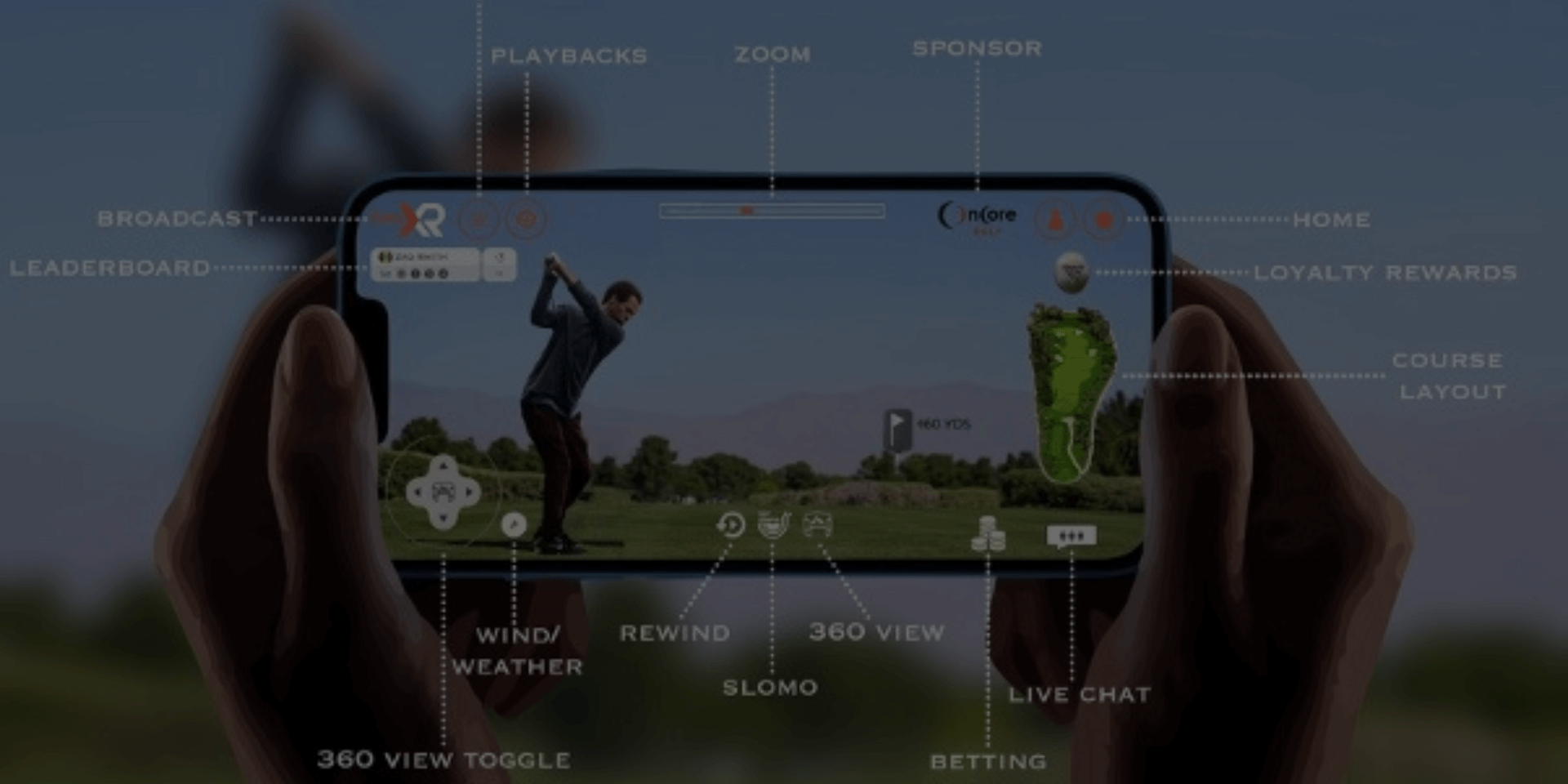

5 Ways Sports Brands can leverage AR, VR, and XR in 2023
We Asked 5 Founders: How to Leverage 5G for ROI? –
7 Min Read
5 Ways Sports Brands can leverage AR/VR/XR Tech in 2023
We asked our sports tech ecosystem in the mixed reality vertical (Augmented Reality, Virtual Reality, etc..) for insights on ways sports brands can implement the technology to generate new revenue streams as well as engage with Gen-Z, Here’s what they shared:
#1 – AR will deliver an experience & campaigns that can be instantly created and accessible to fans of all ages especially younger audiences with mobile devices.

Augmented Reality provides dynamic digital engagement to all audiences for any brand looking to embrace innovation by leveraging the latest technologies. Using AR technology, brands can deliver instant elements at home, at the venue, or globally by featuring influencers like they are right next to them and sharing them via mobile phone on social media. AR can even provide strong levels of gamification as we have previously seen with trends like Pokémon-Go which was very popular with the younger audiences.
Augmented reality creates new content that can be monetized by brands and their sponsors that are looking beyond display ads and are looking to increase data information. It creates solutions on a mobile phone starting with new sponsor-able fan experiences. It can combine data and a brand’s IP including color, marks, and logos, influencers, NIL all of which will lead to getting the attention of any sponsor.

ImagineAR is an AR-as-a-Service self-publishing platform for the sports and events industries.
#2 – Sports brands & Franchises are today facing a content overflow for their audiences. In parallel, Sports venues have to keep live audiences bound to the venue without producing harmful CO2.

Remote Reality is a simple concept that involves taking control of a real object remotely and in real time. Polyptik has applied this principle to car racing by creating Vrombr, the first 5G Remote Reality Racing experience for smartphones. Today, Vrombr works with 1/10th scale cars, which allows us to test and develop our technology into a mobile game. Our goal is to adapt Vrombr to full-size cars in the near future. This way, fans around the world can drive a real electric car on the same circuit as professional race car drivers, but from the comfort of their own homes or on the go and with less CO2 impact. A true hybrid experience, fans at live Grand Prix events will also be able to enjoy the Vrombr experience without having to get into a car and compete against fans from all over the world.
In the case of Remote Reality, it is important that sports venues are equipped with connectivity for a perfect user experience. Today it is 5G that allows offering the best speeds to a large number of people in the same place. This equipment will allow speakers to offer Remote Reality experiences but also AR, VR, and XR and to create value. This is to engage fans on-site but also remotely. New experiences need to be created in this sense, but connectivity is the initial investment needed before they can consider generating new revenues from these experiences.
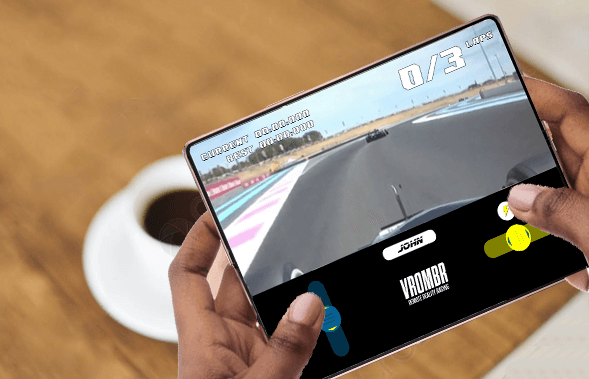
Polyptik developed Vrombr, the 1st Remote Reality Racing 5G experience for smartphones.
#3 – The younger fan is more inclined to be part of a social experience that is personalized and something that they can control

There are major changes in audiences when it comes to streaming verse cable TV and the way commercial broadcasters connect to the various demographic markets has dramatically changed over the last few years. In fact, 20 million US subscribers have canceled since 2014 and another 80 million are forecast to leave by 2026. Connecting with the younger generation aged 18 to 29 are the most prolific cord-cutters. The forecast for video-on-demand streaming product subscriptions peak at 1.68 billion users by 2027, so major changes are ahead just in a few short years. The ability to attract a younger audience when a consumer can be hit by thousands of ads per day on social media and online is staggering.
With most sports stadiums being 5G enabled over the last 2 years the timing could not be better to support a new immersive fan engagement 2nd screen viewing platform which is delivered to multiple digital consumer devices using AR/XR experiences and delivered via cell phones, iPads, virtual reality headsets and large geodesic domes using 3D projection. In addition, sports fans have become increasingly familiar with data-driven insights and storytelling. They now expect relevant and informative data to be incorporated into a company’s sports offering and be available at their fingertips through any digital device. Research has shown that 48% of sports fans in the US use a second screen device during coverage to search for information relating to the action they are watching which can activate AR/XR experiences.
Traditional sports programming doesn’t offer 2-way communication with brands or fans in real-time, AR/XR offers advertisers to fully engage in an immersive experience where they can capture sales and marketing data on fans like they have never had before and offer interactive experiences and consider XR as a new form of brand activation. The experience can be gamified, it can include incentives and prizes, and can include real-time betting for the relevant sportsbook.

FansXR is a disruptor in the broadcast media sector and has created a set of unique technology capabilities delivering an Extended Reality streaming platform that is distributed to any digital device or Metaverse portal. The company has created an immersive media player that enables real-time consumer engagement that has multiple features including but not limited to, gamification such as polling, predictions, betting, live chat, and instant camera selection. In sports fans become their own director and create their own point of view in 360 videos and activate live overlays including sports statistics, scoring, player-by-player comparison and more. Our solution enhances viewership, especially targeting the younger generation with XR personalized experiences by putting the real world into the Metaverse or Web-based experiences.
#4 – Accessibility: Not everyone is able to attend live sports events, whether due to geographical limitations, cost, or physical limitations.

AR/VR/XR technology can bring a variety of solutions to the sports industry, including:
Enhanced fan experience – Fans can use AR/VR/XR technology to experience live sports in a more immersive way, such as viewing the game from a player’s perspective or getting real-time stats and analysis overlaid on the field or court. Training and coaching – Athletes and coaches can use VR technology to simulate game scenarios and practice techniques, allowing them to improve their skills in a controlled environment.
Brands can generate return on investment (ROI) from AR/VR/XR technology in the sports industry by:
Sponsorship and advertising – Brands can use AR/VR/XR technology to create sponsored content and immersive advertising experiences that engage fans in new and exciting ways. For example, a brand could create a virtual reality experience that allows fans to explore a stadium or practice with their favorite team. Product demonstrations and experiences – Brands can use AR/VR/XR technology to create virtual product demonstrations and experiences that allow fans to interact with and learn about their products in a more engaging way.
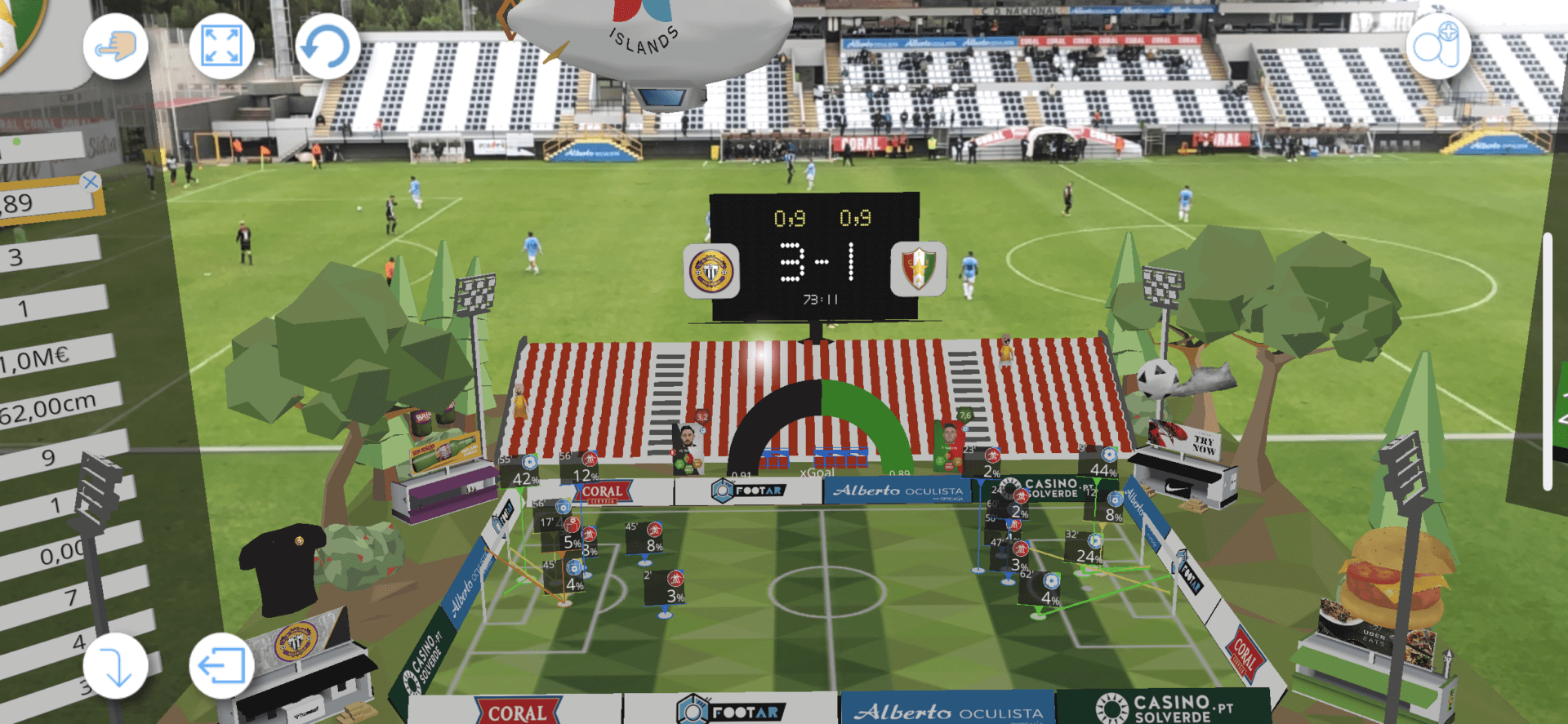
FootAR provides a second-screen experience that empowers sports fans to enhance live smart data through their smartphone.
#5 – We live in a world of increasing dopamine triggers. Often coming from fully digital types of entertainment.

AR is a communication medium, that will become the dominant medium somewhere in this decade. Our phones will no longer be our Number 1 device, and digital content will just ‘be’ in the world around us. That merger of physical and digital is where gamification and dopamine triggers finally become accessible for non-digital markets, like live sports. And that will change everything. AR will do for sports, as well as for tons of other markets, what it has done for the Pokémon brand. Being a sports fan will feel like you’re participating in this giant game, which is both digital and physical. And the mere fact that you’re a fan, means that you play a part in it.
With AR, we jump from having a few flat surfaces that do visual communication, to every cubic meter of air in the world. It will dwarf everything that comes before it, to the extent that we’ll look back on current times as some primitive, stone age era. And, with one really important thing, in this new Web3 world, individuals and owners will actually OWN the data they generate. By using zero knowledge-proof blockchain systems. Google, META, and Amazon will no longer control any of us. But instead, we’ll all be our own Google. And that is where the massive ROI opportunity lies for sports brands. They will be able to digitally monetize the millions of fans they have, in numerous new ways.
Tropos AR – The world’s only AR SDK that takes away all your tech challenges, but lets you keep all your data.
We’re committed to driving the sports industry forward through. If you are a brand looking to learn more about these or other AR/VR/XR solutions in the HYPE ecosystem, please reach out to Mariana from the HYPE team – HERE.
Do you have an additional option on how AR, VR, and XR will affect sports brands that weren’t mentioned? Let us know in the comments!
Special thank you to Alen, Sven, Michael, David, and Matt for your thoughts!


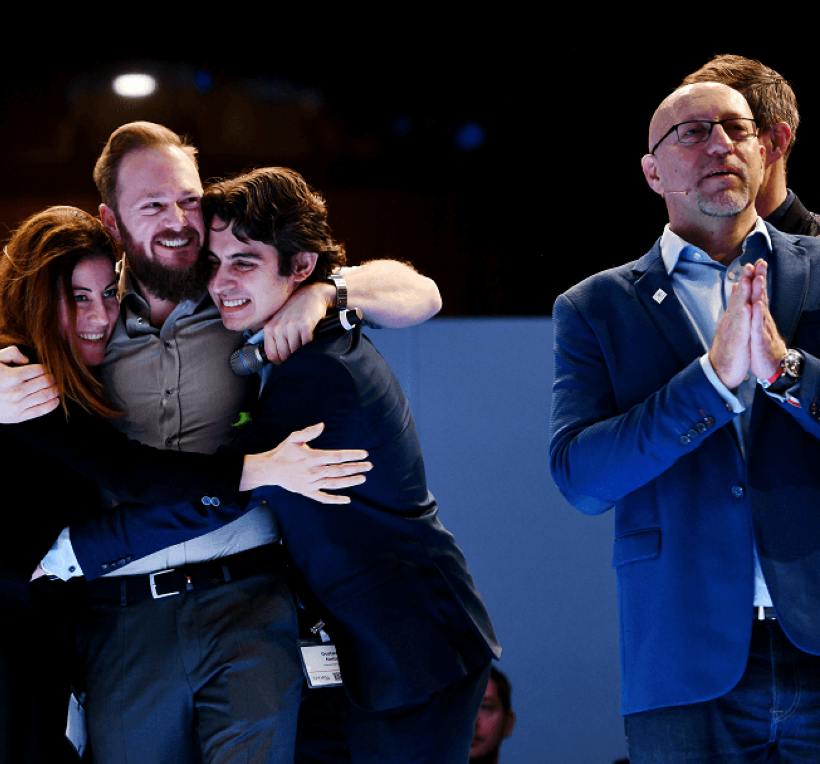
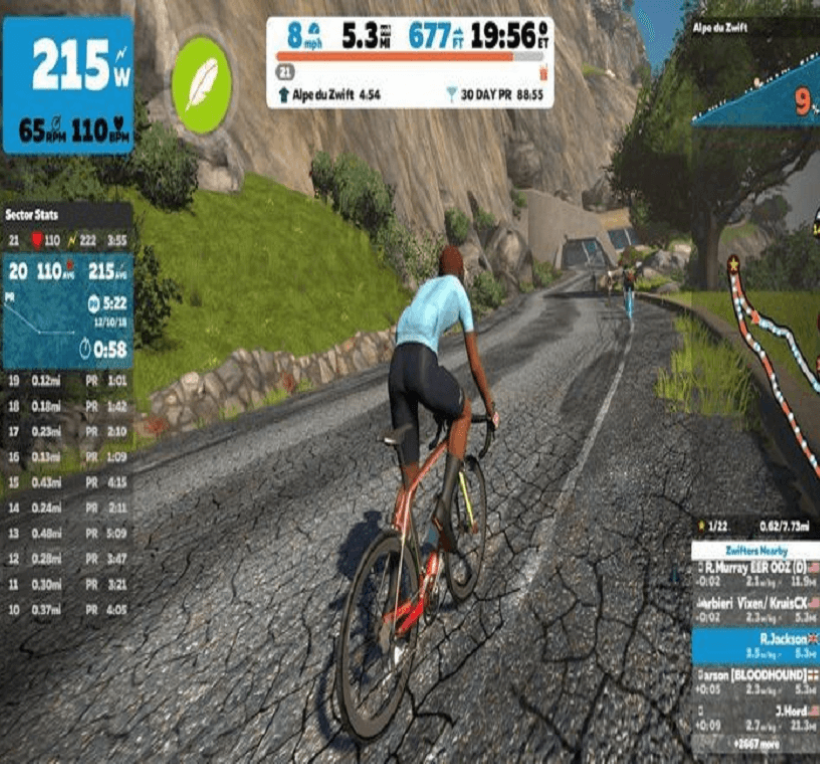
Comments
registro na binance us
Can you be more specific about the content of your article? After reading it, I still have some doubts. Hope you can help me.
Crea un account gratuito
Thank you for your sharing. I am worried that I lack creative ideas. It is your article that makes me full of hope. Thank you. But, I have a question, can you help me?
Registrera
Your article helped me a lot, is there any more related content? Thanks!
www.binance.com Pag-sign up
Thanks for sharing. I read many of your blog posts, cool, your blog is very good.
Inscription
Your article helped me a lot, is there any more related content? Thanks!
Darmowe konto na Binance
Your point of view caught my eye and was very interesting. Thanks. I have a question for you.
rrinimabi
Thank you very much for sharing, I learned a lot from your article. Very cool. Thanks.